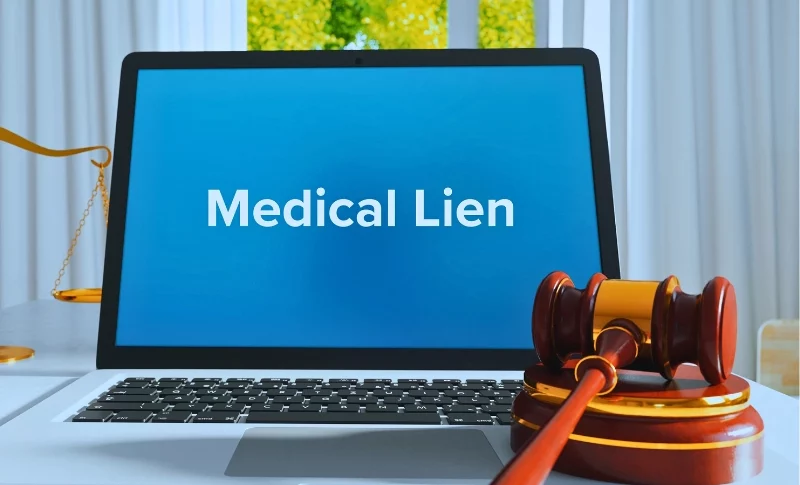When treating patients injured in car accidents or other personal injury incidents, chiropractors often face a common dilemma: the patient needs care, but may not have insurance or the ability to pay out of pocket. In many states, medical providers can file a statutory medical lien against a personal injury settlement to ensure they are compensated once the legal case is resolved. But what about Texas? Can chiropractors place medical liens on injury settlements in the Lone Star State?

Chiropractors in Texas cannot file statutory medical liens. However, they can still protect their right to payment through alternative legal tools, such as Letters of Protection (LOPs) and contractual agreements.
Understanding Medical Liens in Texas
Under Chapter 55 of the Texas Property Code, only specific types of healthcare providers are allowed to file statutory medical liens against personal injury settlements. These include:
- Licensed hospitals
- Emergency medical services providers
- Hospital-based physicians
- Some nursing facilities
Chiropractors are not included in this statute, which means they are not permitted to file statutory medical liens like hospitals or emergency services providers can.
Letters of Protection: The Texas Chiropractor’s Alternative
Although chiropractors in Texas cannot file statutory liens, they can still use Letters of Protection (LOPs) to ensure payment. A Letter of Protection is a private agreement between the chiropractor, the patient, and usually the patient’s attorney. It states that the chiropractor will provide treatment now and be paid later—directly from the proceeds of any future personal injury settlement or judgment.
LOPs are legally binding contracts that can be enforced in court if necessary. They provide a way to offer care to injured patients without requiring upfront payment, while still maintaining a level of financial security for the provider.
What Should Be Included in an LOP?
A well-drafted Letter of Protection should include:
- Patient’s acknowledgment of financial responsibility
- Agreement to pay the provider out of any future settlement or verdict
- Authorization for the attorney to disburse payment to the provider
- Clear itemization of services rendered and fees
- Signature from the patient and attorney
Chiropractors should keep copies of all agreements and maintain detailed records of treatments provided. These documents may be reviewed by attorneys or even used in court proceedings.
The Importance of Working with Personal Injury Attorneys
When treating patients under a Letter of Protection, chiropractors should build strong, professional relationships with personal injury attorneys. Communication with legal counsel ensures that your role in the case is clearly understood, that your documentation is up to legal standards, and that you’re kept informed about the progress of the case.
Risks and Considerations
Treating patients on a deferred-payment basis carries some risk. If the patient’s case is unsuccessful or settles for less than anticipated, you may not be paid in full—or at all. To minimize risk:
- Carefully evaluate the strength of the patient’s case
- Confirm legal representation is in place
- Ensure the LOP is properly signed and documented
- Be conservative with treatment plans and billing
In some cases, you may also negotiate a partial payment upfront to offset costs, especially if long-term care is expected.




